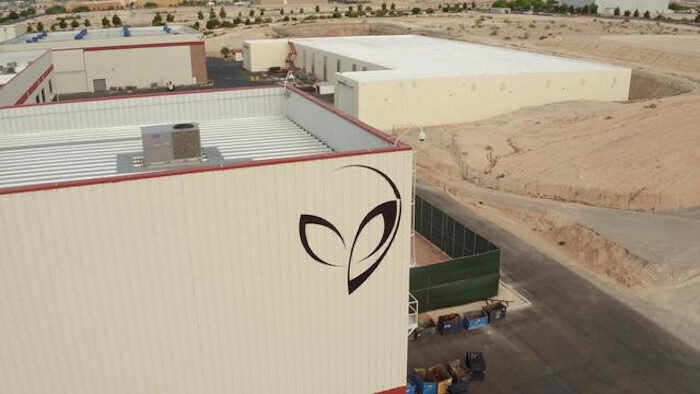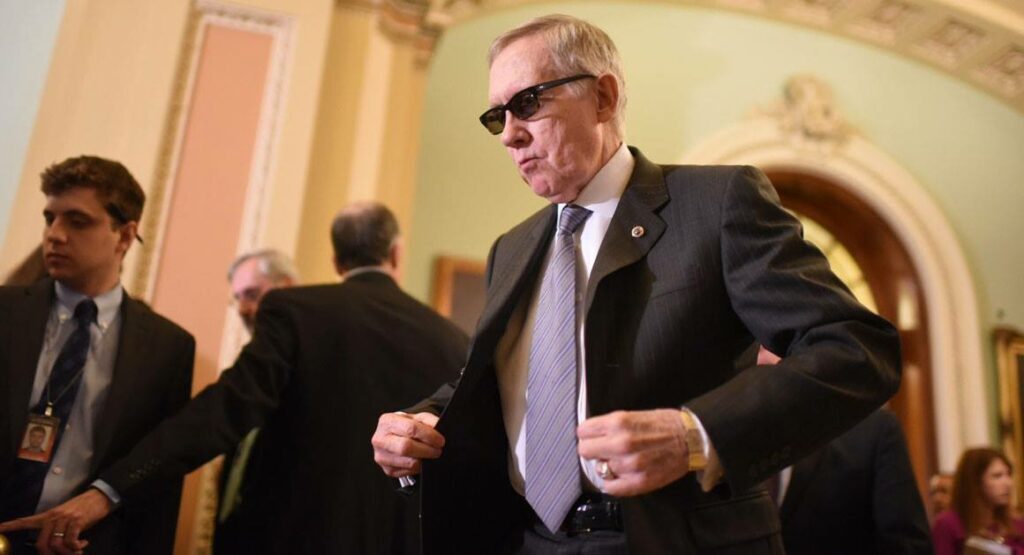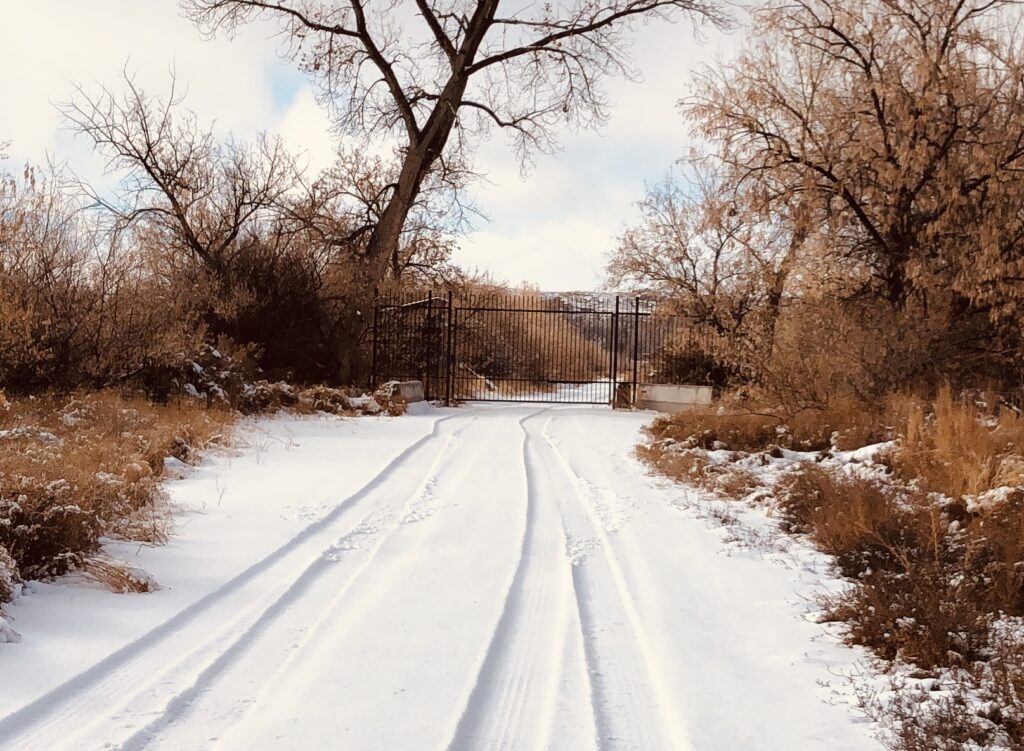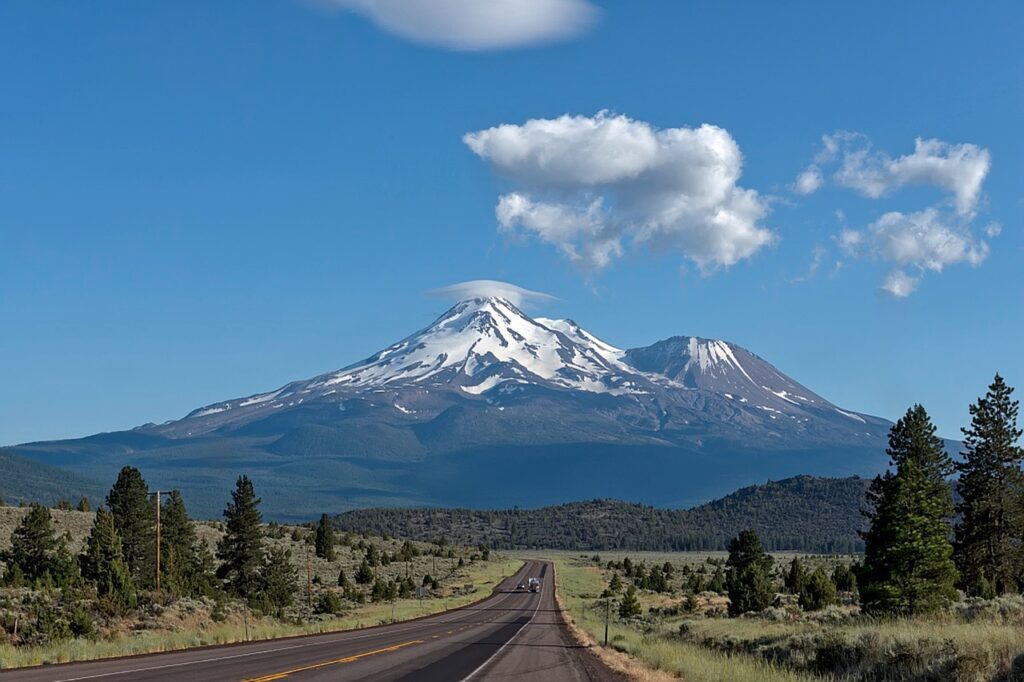In 2008,
the United States Defense Intelligence Agency gave $22 million to the exotic science division of Las Vegas billionaire Robert Bigelow's space startup — Bigelow Aerospace Advanced Space Studies, or BAASS — to study "breakthrough technologies" and UFOs. A Debrief investigation, including new unredacted internal documents,
illuminates some of the odd history of this secretive program and reveals that some of the government's money was directed to even stranger things than they had in mind.

© NBC NewsBigelow Aerospace Building.
The Advanced Aerospace Weapon System Applications ProgramIn 2008, at the behest of Senator Harry Reid of Nevada, then the majority leader, the Defense Intelligence Agency (DIA) funded the
Advanced Aerospace Weapon System Applications Program (AAWSAP). According to the solicitation bid, the purpose was to explore "potential breakthrough technology applications employed in future aerospace weapon systems." Though the Pentagon told The Debrief earlier this year that the DIA was not investigating UFOs,
significant evidence exists that seems to contradict their position. The confusion may stem from the fact that the project's solicitation document purposefully left out mention of the controversial topic altogether.
"The people putting out the bid thought it would be better that it didn't say flying saucers or unidentified flying objects," former Sen. Reid told The Debrief in an interview. "It was thought by many that it would just draw too much attention, and by it being phrased the way it was, we had somebody from the Defense Intelligence Agency draw out the specs of it. It covered that anyway."
Reid told The Debrief that Bigelow Aerospace applied for the $22 million contract and won because the company had facilities that met the requirements for the project. When asked if Bigelow had been pre-selected for the contract due to his connection to Reid, as well as his preexisting public interest in UFOs, Mr. Reid stated flatly, "No. It was like any other government contract."
"It was put out for bid. And he did the best. He was willing to do more than others. He supplied, for example, a facility... So we put out the bid, but his response to it was the best, and that's how he got it," Reid explained. "He was not pre-selected."

© Sen Reid’s Official Facebook PageSenator Harry Reid.
After winning the contract, BAASS was tasked with
studying and generating reports on exotic science that could lead to "potential breakthrough technology." BAASS, alongside a team of scientists,
generated 38 such reports. Redacted
copies of internal BAASS security reports that have been posted online indicate that, before the AAWSAP program was defunded in 2010, the company had assembled an in-house team of investigators not only to write those 38 reports, but also to travel around and look into sightings of monsters, the paranormal, and other bizarre UFO-related phenomena in Utah.
Indeed, a leaked collection of unredacted internal BAASS documents examined by The Debrief now confirms that the DIA-sponsored organization was not only investigating "foreign advanced aerospace weapon threats from the present out to the next forty years,"
but also UFOs — and a lot of other anomalous things even more unaccustomed to attention from the government.
© MJ BaniasThe Front Gate of Skinwalker Ranch.
Among other tasks, BAASS sent its investigators to Utah to investigate sightings of strange phenomena at
the infamous Skinwalker Ranch and in the greater Uinta Basin that surrounds it. Skinwalker Ranch is currently owned by real estate mogul Brandon Fugal; prior to his purchase of the property in 2016, the 512-acre ranch was owned by Robert Bigelow himself.
According to the BAASS documents, investigators were told to pose as researchers from the plentiful oil fields nearby and never to reveal the names of "BAASS, Robert Bigelow, Bigelow Aerospace...and most certainly [the] sponsors' identity should NEVER be released or discussed in public." The ultimate sponsor, in this case, was the DIA, the intelligence arm of the Department of Defense. Ryan Skinner, who runs a popular website dedicated to Skinwalker Ranch, was specifically mentioned in the document as a possible nuisance to their investigation. The researchers were told to "maintain a low profile."
Mr. Skinner admitted that he would indeed often visit the ranch and attempt to sneak onto the property. While he personally thinks the ranch is home to strange phenomena, he believes that Bigelow and his personnel were attempting to unlock secrets to novel propulsion systems.
"It is clear to me Mr. Bigelow was not looking for little green men. He was looking for ways to significantly advance his aerospace company's aspirations by discovering a novel means of propulsion," Skinner told The Debrief in an interview. "My impression is that he believed the key to unlocking that corporate advantage was by investing in a team of scientists to study the exotic propulsion demonstrated by the
UAPs commonly witnessed at Skinwalker Ranch."It is unclear if Bigelow was in fact attempting to glean information from UFOs on "breakthrough technology applications employed in future aerospace weapon systems," as per the DIA mandate for the AAWSAP program.
What is clear is that his team was also chasing werewolves and goblins at the same time.Chasing Werewolves and GoblinsDocuments examined by The Debrief show that BAASS investigators interviewed multiple witnesses in Utah's Uinta Basin who had claimed to see a "dog-like creature" that allegedly "stood on two legs," was "over 6 feet tall," and smelled of sulfur. In another document, those same witnesses reported sightings of "little people" that resembled goblins, standing roughly "three to four feet tall" and with "arms that hang down to the ground." A third report discusses a ghostly human figure standing on a mesa overlooking Skinwalker Ranch.
A member of the now-defunct BAASS team who asked to keep their comments anonymous told The Debrief that the investigators were never convinced monsters and aliens were running around Utah.
"If it was weird, the team looked into it. It was our job, but, to be honest, a lot of those stories were crazy and probably bullshit. Like if there was a dead animal and a trail of blood, no one thought it was a werewolf or anything like that," the source told The Debrief over the telephone. "Probably just coyotes."
The former employee explained that their actual job was to collect as much information as possible that might provide a better understanding of how these supposed far-out phenomena worked and "how it could lead to new technology." They added that the team was tasked with investigating every bizarre claim, no matter how ridiculous.
And Utah was not the only destination that got BAASS' attention. Though the former team member did not provide specific details, they stated that the company also sent a team to Mount Shasta, in Northern California. Mount Shasta has a long history in paranormal and ufological lore as being a purported site of UFO events and a diverse array of other weird activity, including supposed interdimensional portals.

© PixabayMount Shasta.
The source explained that their role was to investigate claims of anomalous activity and collect evidence that could be used to "develop new propulsion systems." How stories of goblins, bipedal dogs, and even transdimensional portals fit into that, they are unsure.
Regardless of the scope of the DIA mandate to research "potential breakthrough technology applications employed in future aerospace weapon systems," there is clear evidence that Bigelow was exploring some incredibly speculative topics.
According to
a Popular Mechanics article by The Debrief's Tim McMillan and an internal BAASS progress report he obtained, BAASS was seeking access to U.S. government files regarding UAP and still-classified files from the Air Force's old UFO investigation, Project Blue Book — as might be expected given the AAWSAP contract's focus on breakthrough aerospace technologies. But the progress report also explicitly stated that BAASS was attempting to establish communication with a non-human entity they believed was occupying Skinwalker Ranch, seemingly much further afield from the terms of the program's funding. And the data collected at the ranch was corrupted by the fact that some guards would reportedly exaggerate incidents in order to keep the boss happy and receive a potential bonus.
"When I first got up to the ranch, the guy who was training me up mentioned that there was a possibility of a bonus if we ever found solid evidence of what was going on," Chris Bartel, a former guard employed by Bigelow Aerospace, told The Debrief. "This of course caused some guys to embellish experiences that normally could be easily explained. The guys who did that eventually got fired. This of course muddied the waters, because there was strange stuff that would happen from time to time, but documenting it was always a problem."
(A collection of Mr. Bartel's photographs from his years at Skinwalker Ranch is being exhibited by the
University of Maryland Art Gallery.)
"Casting a Wide Net"The BAASS team pursued UAP data from a variety of sources. Researchers Keith Basterfield and Marc Cecotti
confirmed with a former BAASS data analyst that the company collected UFO reporting data from the French government via
GEIPAN, a unit of the French national space agency that collects and shares such information. Canadian UFO researcher Chris Rutkowski told The Debrief that he too was contacted by BAASS in 2009, asking for UFO cases previously sent to him by the Canadian government. The former BAASS employee who spoke to The Debrief on condition of anonymity said that several investigators traveled to Brazil "around 2009 or maybe early 2010," where they were "investigating a recent UAP event and collecting evidence." Other researchers have
also been able to independently verify that a BAASS team was in Brazil in 2009, asking for UFO reports and alleged material evidence from UFO events.
The documents examined by The Debrief also included contracts and internal emails detailing the tumultuous relationship between BAASS and the Mutual UFO Network, or MUFON. BAASS provided funding to MUFON, the largest non-profit UFO research organization, in 2009. The deal included the sale of all witness reports, witness information, collected evidence, and the organization's entire reporting database. James Carrion, who oversaw the deal as MUFON's international director at the time, told The Debrief that all "physical evidence that needed to be analyzed went to BAASS." Having left the organization years ago, he presumes that material is still with Bigelow Aerospace and is unaware if anything was returned to its original owners.
Mr. Carrion also explained that any individuals filing UFO sighting reports had to agree before submitting their information that it could be released to a "third party." The public "had no clue [that] the third party was BAASS," however, and that their data may have been funneled to the Defense Intelligence Agency, Carrion explained. He stated that even he was unaware the DIA was sponsoring BAASS when MUFON entered into a contractual agreement with them. BAASS ended its relationship with MUFON in 2010.
A second former BAASS employee who spoke to The Debrief on the condition on anonymity stated that several company employees and analysts were required to have government-issued Secret security clearances and were in the process of having their clearances raised to Top Secret before their employment was terminated in late 2010, most likely due to the DIA's decision not to renew its funding for the project.
Endgame When the DIA cancelled the AAWSAP program in 2010, Bigelow Aerospace fired the investigative team.
"I woke up one day and didn't have a job," the ex-BAASS source told The Debrief. They received a phone call and were told that the investigation team had been disbanded. They, along with many others associated with the project, were let go.
In 2011, the Department of Defense apparently bootstrapped the defunded AAWSAP program into the counterintelligence portfolio held by Pentagon staffer and career defense intelligence official Luis Elizondo and named it AATIP, the
Advanced Aerospace Threat and Identification Program. Elizondo told The Debrief that AATIP's task was to focus on encounters with unknown aerial phenomena reported by military personnel. There was no attempt to explore the more bizarre paranormal events that occupied the time of BAASS investigators during the AAWSAP years.
"The individuals that were a part of that [AAWSAP], I know personally," Luis Elizondo
told George Knapp on the late night radio show Coast to Coast on December 20th. "They are outstanding and they are no-nonsense individuals, and for their reasons, they decided to cast a very wide net, and that's probably out of due diligence... We really didn't have a very good understanding what we're dealing with... and so typically you want to cast a wide beam of light, so to speak, so you can first see what it is you're looking for, and then of course you can focus it later on..."
It is unclear why the DIA scrapped BAASS' funding, however, AAWSAP's mandate never mentioned UFOs and werewolves. It is reasonable to suspect that investigating reports of goblins in Utah or attempting to communicate with interdimensional entities may have played a role in the DIA's decision to no longer fund the project. It is also unknown precisely how taxpayer money was used in the program, though the unnamed BAASS source related that much of the funding for Bigelow's UFO research was paid for by his personal wealth and not with government funds. AATIP's Elizondo told The Debrief that while he was in no way involved with BAASS and didn't feel qualified to elaborate, "Bigelow was known to use his own money for portions of this endeavor."
We reached out to Bigelow Aerospace, but they did not respond to requests for comment on any of this. It is clear, though, from the teams, facilities, and travel known to be involved that the entire BAASS project would have cost a fortune.
In an exclusive feature, The Debrief recently shed new light on the current
Task Force investigating UAP out of the Office of Naval Intelligence.
The Debrief also broke the story concerning the
recent omnibus bill that will force the Task Force to provide an intelligence report concerning UAP to Congress.
It is clear that the U.S. government has a continued interest in the subject of breakthrough technology in our skies and is willing to continue funding programs into its investigation. We don't know why the DIA officially scrapped the AAWSAP project, but our reporting indicates BAASS was doing more than simply researching exotic technology. It was chasing things that go bump in the night.
The Debrief's Jed Holtzman contributed to this report.
Reader Comments